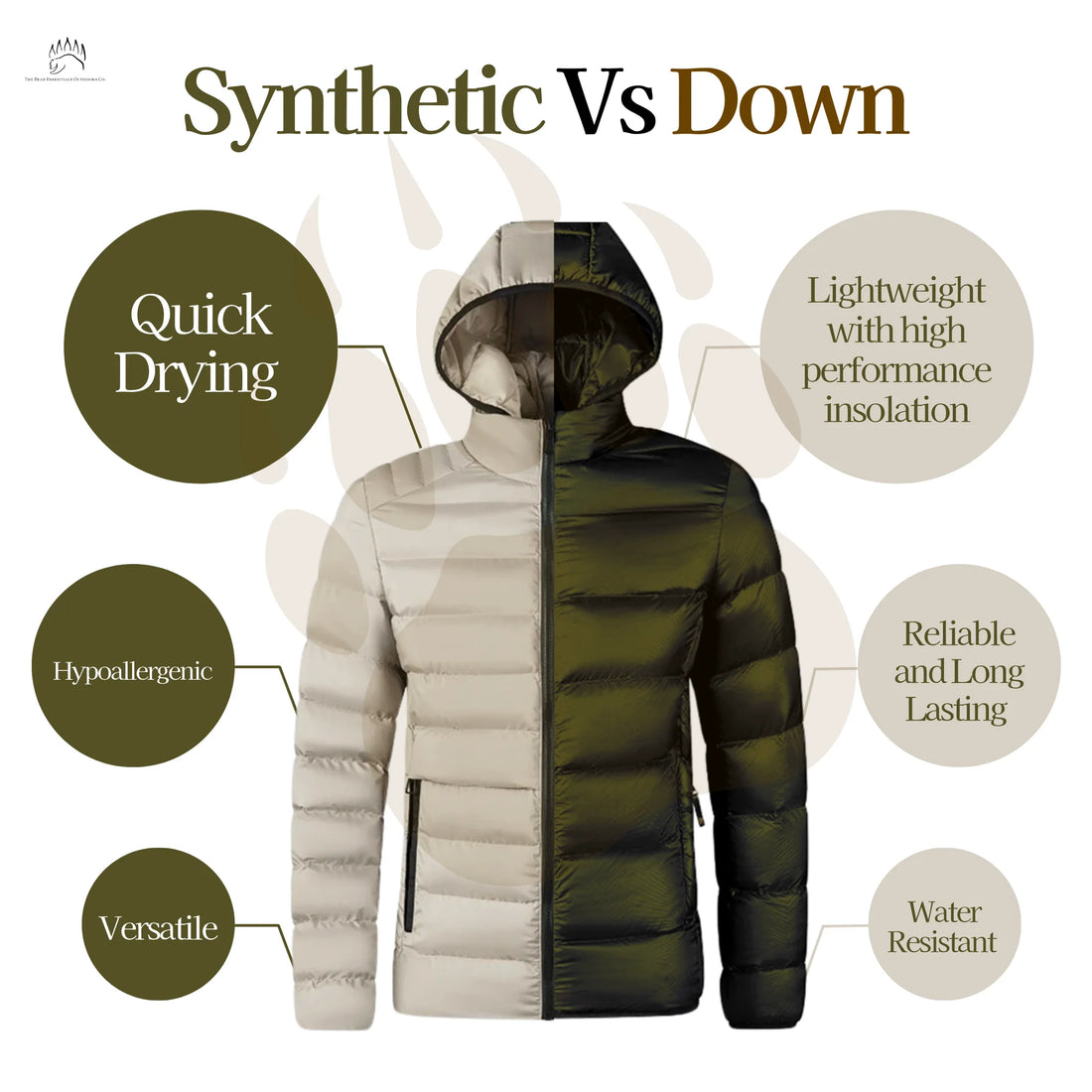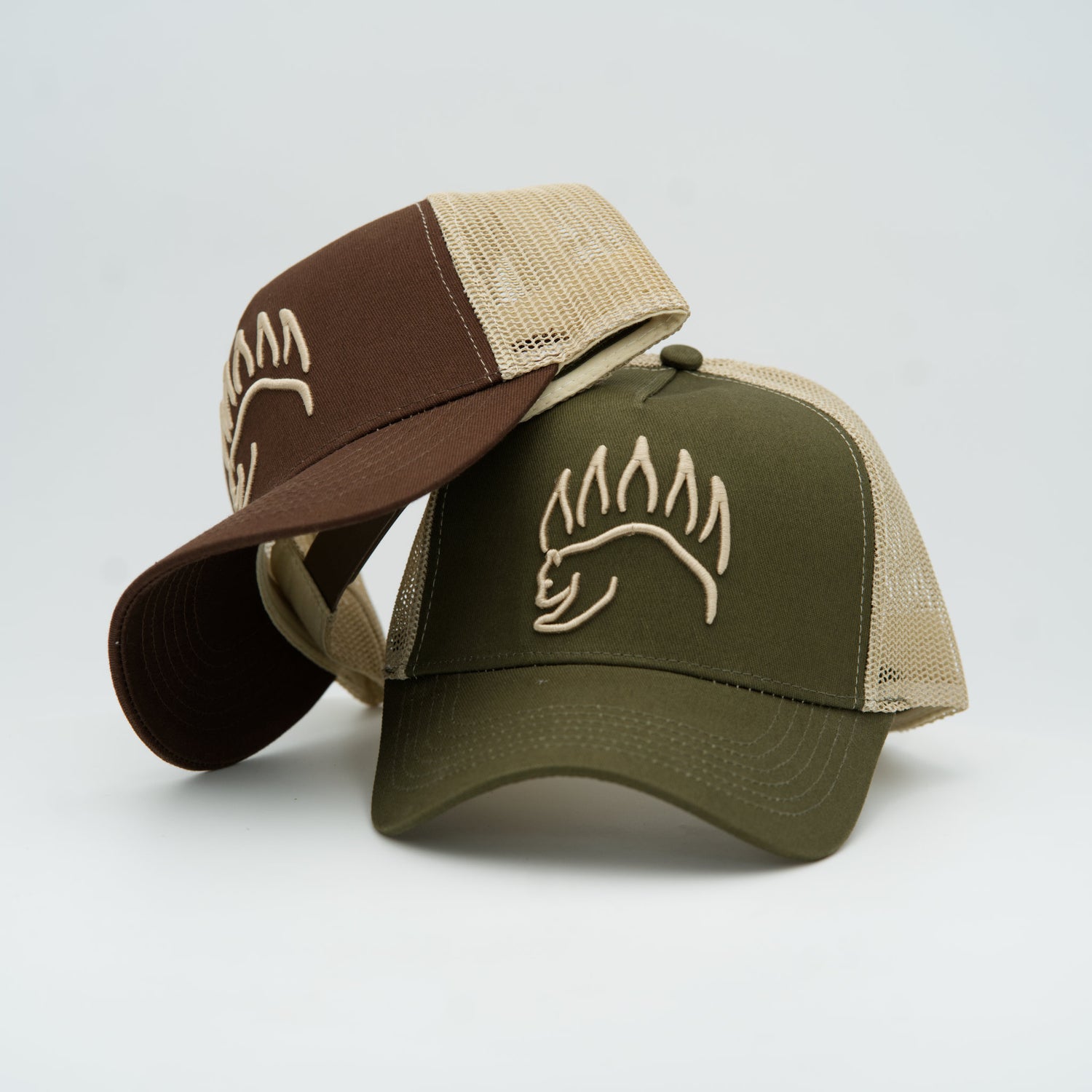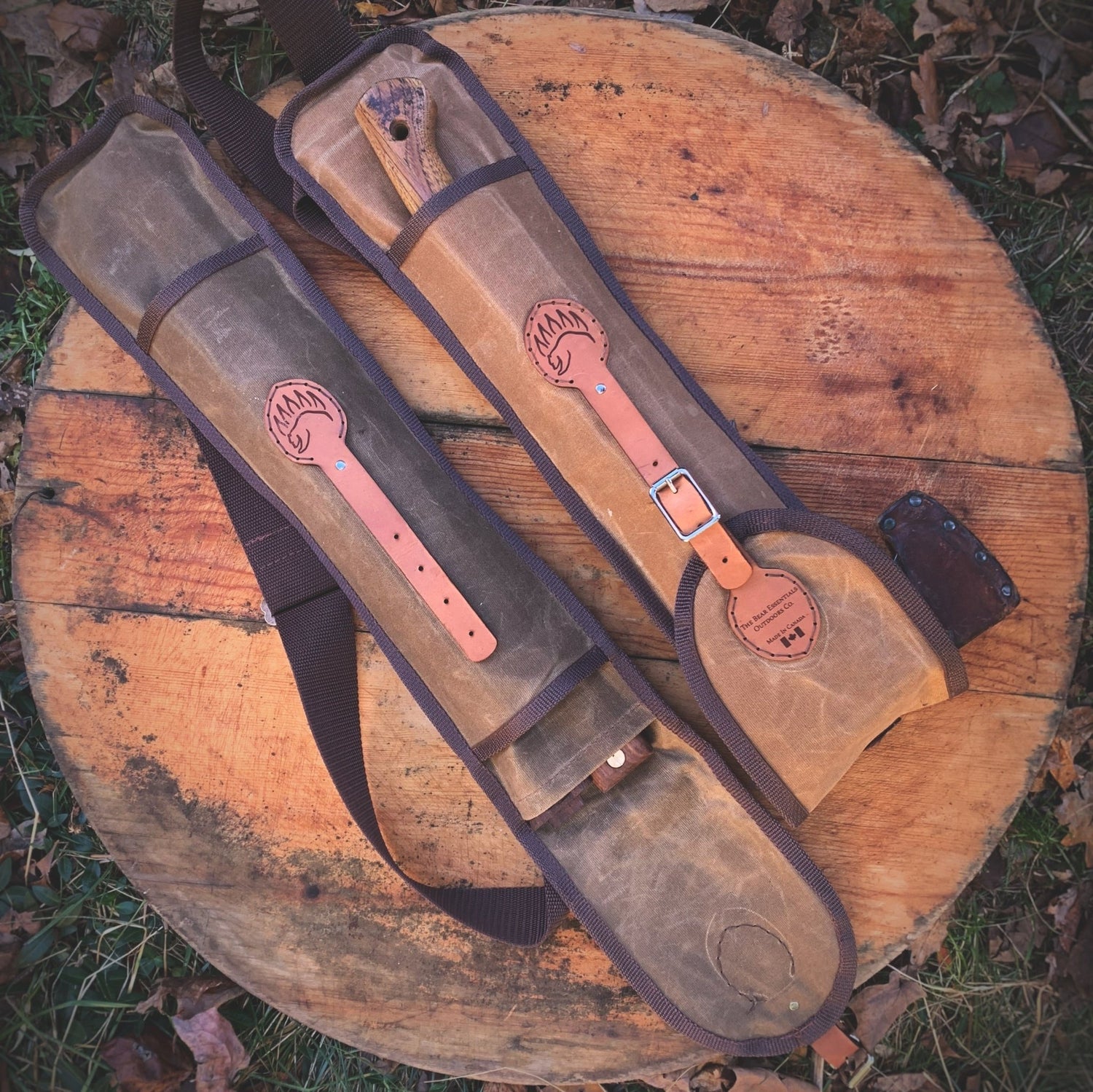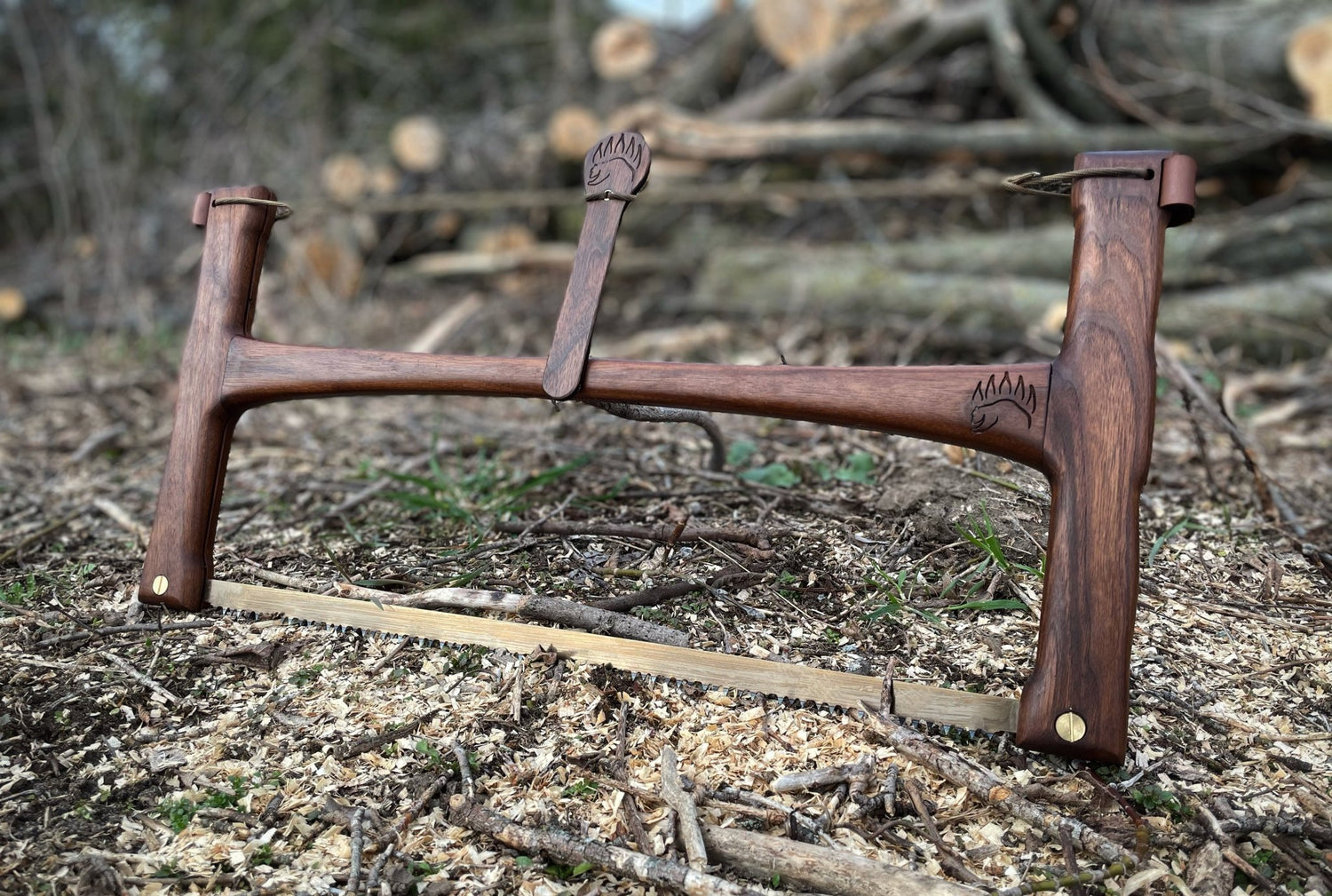Lets take a look at the difference between Synthetic vs Down for your
Midlayer, Outer Layer, or Sleeping Bag setups!
Each type has its unique advantages and disadvantages, depending on what you're going to be using them for.
So which one is right for you?
Lets dive in!
Key Takeaways
-
The differences between synthetic insulation and down insulation is generally based on the following factors: Activity Level, Weight, Water Resistance, Durability and Maintenance, and Cost.
-
Factors, like fill power and warmth-to-weight ratio, are especially big considerations.
-
The choice affects not just comfort but also the efficiency and packability if you're going out on longer trips.
-
Both types work by trapping air, which is an excellent insulator, keeping you warm by retaining body heat. But each have their Pros and Cons!
Down Insulation: Pro's and Con's
Down insulation is renowned for its exceptional warmth and light weight.
It's a preferred choice for activities where every ounce or gram matters.
And if you're not planning on doing a high amount of activity, and rain/wetness is not an issue then it's one of the best choices.
Down insulation is made from the plumage found under the feathers of ducks and geese.
Many people confuse down with being "feathers", but surprisingly they're not, they're technically the plumage found underneath.
This natural material creates high loft clusters that trap air and retain heat very efficiently.
Down fill offers exceptional warmth with very little weight, making it a premium choice in outdoor gear.
However, down has its limitations, especially in wet environments.
When exposed to moisture, down tends to lose loft and, consequently, its insulating power.
This makes it less ideal for conditions where exposure to water or high humidity is likely.
Similarly, if you're being active and thus sweating, it's not recommended to be wearing down. It's more of the layer you put on after you've finished your hard activity, and will need to keep heat in.
Down Insulation Pros:
-
The Best Insulation-to-Weight Ratio: Down insulation is amazing because it is the lightest weight and highest warmth (though it has it's limitations).
-
Compressibility: Down can be compacted into a small volume, making it easy to pack and carry, ideal for backpacking and camping. It works very well with compression sacks.
-
Superior Dry Performance: In dry and extremely cold climates, down is the very best choice when comparing warmth to weight.
-
Longevity with Proper Care: With careful maintenance, down insulation can have a long lifespan, providing insulation for many years.
-
Can be Water Resistant: Some down is treated with Durable Water Repellent (DWR) to mitigate its weakness in wet conditions. Though it shouldn't be relied upon exclusively and doesn't do as good of a job as synthetics do.
Down Insulation Cons:
-
Susceptibility to Moisture: Down insulation loses its insulating power when wet, which can be a significant drawback in wet or humid environments, or even high activity when sweating. It also is very difficult to dry, so using it on long trips may be a risk.
-
Requires Careful Maintenance: Down products need proper care and storage to prevent clumping and maintain their effectiveness. It must not be stored compressed down.
-
Initial Cost: Down insulation tends to be more expensive upfront due to its superior insulating properties and longevity.
-
Ethical Concerns: Some supply chains have been associated with unethical practices like live-plucking and force-feeding of birds, so proper brand vetting is important.
-
Odor Retention: Down can trap body odors and moisture, which may require more frequent cleaning compared to synthetic alternatives.
-
Allergies: Some people may have an allergy to down.
Synthetic Insulation Pro's and Con's
In contrast, synthetic insulation, typically made from polyester fibers, offers a more versatile solution.
It's designed to mimic the qualities of down while overcoming some of its limitations. One of which, is maintaining insulating properties even when wet, making it a reliable choice in damp conditions. Synthetic fills are also generally more affordable and easier to care for than down.
It works the same as down, where the air pockets trap heat (although with slightly less loft) and, as a result, slightly less warm than down.
It should be noted that modern advancements make synthetic fill compete at nearly the same warmth as the lower fill power down options.
Despite these advantages, synthetic insulation usually has a lower warmth-to-weight ratio. This means it will be slightly bulkier and heavier than down, a crucial consideration for backpackers and hikers.
Pros of Synthetic Insulation:
-
Affordability: Synthetic insulation is more budget-friendly and still does a great job at insulating.
-
Moisture Performance: Synthetic insulation retains its warmth better in damp or wet conditions, making it ideal for activities in rainy or humid environments or during periods of activity when you're sweating.
-
Quick Drying: Synthetic materials dry quickly, which is advantageous when exposed to moisture, whether from sweat or the external environment.
-
Versatility: Synthetic insulation is best-suited for non-extreme cold conditions in combination with being stagnant or for use in extreme cold conditions while being active. The theory behind this is that if you're active, you'll sweat, and synthetic materials can generally help wick away moisture where down does not.
-
Easier Maintenance: Synthetic insulation is generally easier to maintain and clean, requiring less special care compared to down.
-
Non-Allergenic: Unlike down, synthetic insulation is non-allergenic, making it a suitable choice for individuals with allergies or sensitivities.
-
Recycled Content: Some synthetic materials incorporate recycled content, reducing their environmental impact and supporting sustainability.
Cons of Synthetic Insulation:
-
Insulation-to-Weight Ratio: Synthetic insulation doesn't match Down's legendary insulation-to-weight ratio, meaning it can be bulkier and heavier for the same level of warmth.
-
Shorter Lifespan: Synthetic insulation typically has a shorter lifespan compared to down, as it may compress and lose its loft over time, reducing its effectiveness.
-
Less Compressible: Synthetic materials are less compressible than down, so your backpack can get really big really fast, even with a compression sack.
-
Bulkiness: Synthetic insulation can be bulkier, which may affect the overall comfort and fit of clothing or gear if you're layering, and is a big consideration when packing a backpack for longer trips.
-
Lower Longevity: Over time, synthetic insulation may lose its insulating properties more quickly than down, so it needs to be replaced more frequently.
Comparative Analysis
When comparing synthetic vs down, both will keep you warm, but how warm and at what cost are things to consider:
-
Warmth: Down typically offers more warmth for its weight but falls short in wet conditions.
-
Weight: Down is lighter, making it ideal for activities where weight is a critical factor.
-
Water Resistance: Synthetic insulation outperforms down in wet conditions, retaining its insulating power.
For applications like sleeping bags, these differences are particularly important.
A down sleeping bag might be perfect for a dry, cold hike, while a synthetic sleeping bag could be better for damp or unpredictable weather.
Layering and Versatility
A mid-layer, such as a puffy jacket, can be either down or synthetic, depending on the conditions.
Down is generally only suited for times when you need maximum warmth and for sure wont be encountering sweat or damp conditions.
Synthetic insulated jackets are more versatile and can be used in a variety of settings, from urban to wilderness.
Since synthetics are a bit bulkier, it's recommended to upsize your shell jacket.
If not, the garments will be tight, and this restriction could create cold spots wherever they're compressed.
Environmental and Ethical Considerations
The production of both down and synthetic materials raises important environmental and ethical questions.
Down insulation often involves the use of feathers from ducks and geese, raising animal welfare concerns.
The Responsible Down Standard aims to ensure ethical practices in down sourcing.
On the other hand, synthetic materials are derived from petroleum products, contributing to environmental pollution.
However, the industry is making strides towards more sustainable and environmentally friendly synthetic options.
Overall, its hard to say which is better; the best bet is vetting the brand if this is a big factor to you.
Care and Maintenance Tips
Proper care is essential for both down and synthetic insulation.
For down, avoid compression and store in a stuff sack to maintain loft.
When it comes to washing, you'll need some specialized products like NIKWAX Down Wash.
And follow the instructions like on this YouTube video on How To Restore Down Sleeping Bag Loft.
Synthetic materials, being more resilient, can handle rougher handling but still benefit from gentle care. You don't generally need any fancy detergents unless they're your outer waterproof shells.
Make sure you follow the manufacturer's instructions regardless.
What is Down Fill Power?
Down fill power is a measure of the loft or "fluffiness" of down insulation.
It's exclusive to down, meaning it doesn't really have a direct comparison vs synthetic (there's no synthetic fill power).
It's all about how much space one ounce of down can fill. Think of it like the fluffiness of a cloud – the fluffier it is, the more air it traps, and the warmer you stay.
How is it Calculated?
The calculation is pretty straightforward. They take one ounce of down and see how many cubic inches it can fill in a testing cylinder. If it fills 450 cubic inches, it's rated as 450-fill power. The more space it fills, the higher the fill power and the better its insulating properties.
The Scale of Fill Power
The fill power scale typically ranges from about 300 to 900. The higher the number, the better the quality of the down. Higher fill power down is lighter, more compressible, and traps more warmth.

Most Common Fills
The most common fills for outdoor gear, be it a down jacket or down bag, are typically in the 600 to 800 range. This range offers a great balance of warmth, weight, and compressibility, perfect for most outdoor adventures.
Additional Insights
-
Goose vs. Duck Down: Goose down generally has a higher fill power than duck down, making it a bit more desirable for serious cold-weather gear.
-
Fill Weight Matters Too: It's not just about fill power. The weight of the down used also affects warmth. More down (higher fill weight) means more warmth from your down jacket or bag, regardless of the fill power.
-
The Role of Baffles: The design of the jacket or sleeping bag, especially the baffles (those stitched sections), plays a big role in how well the down lofts and insulates. Baffles keep the down evenly distributed across the jacket or sleeping bag. This ensures consistent insulation throughout the garment or gear. Box baffles are usually a good choice.
Conclusion
Outdoor gear choices vary based on many factors.
Extreme cold and snowy conditions might require a down jacket for its lighter weight and high loft, especially when stagnant.
But for damp hiking conditions, a synthetic puffy or synthetic insulated jacket would be more suitable.
If looking at sleeping bags, an additional consideration is their packability. Can you compress your synthetic sleeping bags down to a size that's manageable, or should you swap to down sleeping bags to solve the issue?
Now that you have the info on both, the rest is up to you!
Your friend,
DJ
FAQ
What is the main difference between synthetic and down insulation?
Both will keep you warm, but at what tradeoff is the real question.
Synthetic fibers are made generally made from polyester and retain warmth even when wet, whereas down insulation is made from the plumage of ducks and geese and offers better warmth-to-weight ratio but performs poorly when wet.
How does fill power affect the performance of down insulation?
Fill power measures the loft or fluffiness of the down. Higher fill power means better insulation and a higher warmth-to-weight ratio, making the down more efficient in trapping air and retaining heat.
Can synthetic insulation be a good alternative in wet conditions?
Yes, synthetic insulation is an excellent choice in wet conditions as it retains its insulating properties even when damp, unlike down, which tends to clump and lose its insulating effectiveness.
These fibers are water-resistant, meaning synthetic insulation breathes and dries quickly, maintaining warmth even in wet environments.
How should I care for my down or synthetic insulated gear?
For down gear, avoid compressing it for extended periods and store it in a breathable stuff sack.
Use a special down detergent for washing.
Synthetic gear is more durable but should still be washed gently and dried properly to maintain its insulating properties.
Are there environmentally friendly options for both types of insulation?
Yes, there are environmentally friendly options for both. Look for down insulation that adheres to the Responsible Down Standard to ensure ethical sourcing, and seek out synthetic insulation made from recycled materials to reduce environmental impact.
Which lasts longer, Down or Synthetic?
Both Down products and synthetic can lose loft over time.
Down will lose loft faster if not stored properly. It should not be stored compressed.
Synthetic products can also degrade, especially when exposed to body oils and repeated washings.
How does synthetic insulation compare to down in terms of insulating power?
Synthetic insulation offers good insulating power and is more effective than down in damp conditions.
However, down typically has a higher insulating power per ounce, offering more warmth for less weight.
Can down insulation be treated to improve water resistance?
Yes, some modern down insulations are treated with a DWR to improve their water resistance.
This treatment helps down to resist moisture and maintain loft, reducing the chances of cold spots.
What does 'fill power' indicate in down products?
Fill power in down products measures the loft or fluffiness of the down, indicating its quality and insulating efficiency.
Higher fill power ratings mean better insulation and a higher warmth-to-weight ratio.
How do I choose between a down and synthetic sleeping bag?
Choose a down sleeping bag for dry, cold dry conditions where weight is a concern.
Opt for a synthetic sleeping bag in wet or humid conditions, as it will retain warmth better when damp.






